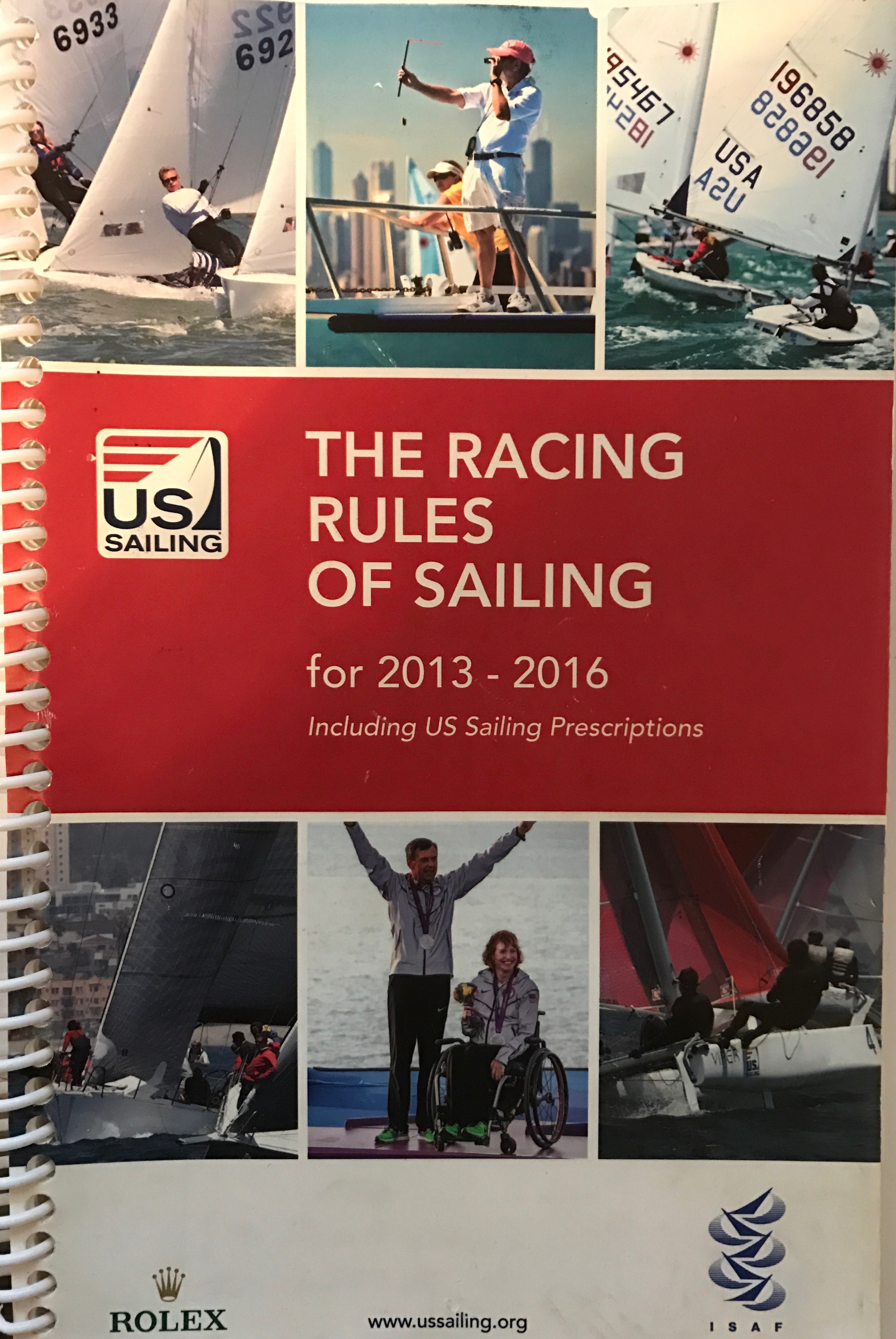By Airwaves writer Racheel Bennung
Coaching sailing is a great job, whether you do it full time, part time, or seasonal, nothing is greater than being on the water teaching our youth the joy of sailing. However, sailing can also be one of toughest sports to teach. One of the biggest reasons for this is because we are a self-policing sport. You won’t see any referees or umpires out on the course most of the time, so we as sailors must be honest and sportsmanlike on the water. This can be a hard concept to teach young sailors, since most other sports have someone else making the calls for their mistakes. Now they must be honest even when maybe no one saw their foul. This is why teaching the rules and sportsmanship to our young sailors is so important, and will lead to better and honest sailors.

Let us begin with teaching the rules to your sailors. The rules are complicated, and a challenge to teach to your sailors. Even sailors who have been sailing all their lives have to look at the rule book to check themselves now and again. So how do you teach this complicated subject to your young sailors. Below are three tips for how best to teach your sailors the rules of sailing.
Tip #1: Make it age and ability appropriate
First thing is you want to make sure you are teaching your group appropriately. Teaching the rules to beginners that are 8 years old and beginners that are 14 years old are going to done very differently. So first, you want to identify your group and build your lesson plan off their age and ability. For beginners that are young, you should start with visuals lessons on what the rules are. You want to make sure you are going over the basics and not getting to in-depth. Intermediate groups that are a little older you can dive a little deeper, and start getting into what the rules state in the rule book. Make sure you stick to the bigger rules that they would see out on the race course. For our advanced sailors that are older you can get more into the rule book. You can have longer chalk talks, and really get into the nitty gritty of the rules.
Tip #2: Use the indoors, outdoors, and on the water to teach
Teaching the rules to young sailors needs to be interactive. We need to incorporate them into the teaching so they 
Tip #3: Make it fun
Making the rules fun is very important! If you just give your group a chalk talk on the rules every once in a while they will have a pretty boring time. So you want to make it interactive and fun for your group. Getting them involved and having fun with learning the rules will enable them to retain the information better then you just lecturing them. Lectures are important, and should be done, however, we need to make it fun for our sailors so they want to learn more!
Now how to do you teach good sportsmanship to your young sailors? As a young sailor it can be hard for them to grasp the concept of: “I hit a mark and no one saw it do I really have to spin?” We need to explain in great detail the importance of sportsmanship out on the water to our sailors. This is the foundation of the rule book, and we need to share its importance to our sailors every time they get on the water. Some great ways and things to teach sportsmanship to your sailors are:
- Team building activities.
- Talk as a whole on what makes a good sport.
- Teach your sailors its not all about winning.
- Teach your sailors that sportsmanship also means not only following the rules, but enforcing them.

